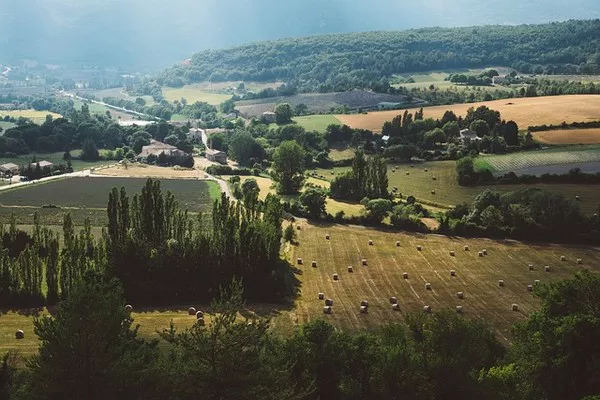In a groundbreaking discovery, plant biologists from the University of Illinois Urbana-Champaign report an extraordinary phenomenon observed in the species of tree fern, Cyathea rojasiana, exclusive to Panama. The fern, labeled as having “zombie leaves,” displays a remarkable ability to reanimate its own dead fronds, transforming them into root structures that nourish the parent plant by reversing water flow.
This unprecedented occurrence, detailed in the journal Ecology, occurs only after the leaves perish and descend to the ground, according to Professor James Dalling, a plant biology expert at the University of Illinois Urbana-Champaign. While studying a different plant in a Panamanian forest reserve, Dalling and his team stumbled upon this intriguing behavior. The wilted fronds, once fallen, embed themselves in the soil and develop a network of rootlets capable of drawing nitrogen back into the plant.
The zombie leaves, even in their transformed state, bear a striking resemblance to decayed plant matter, which likely explains why previous generations of plant biologists overlooked their life-sustaining function, notes Dalling.
“This is a truly novel repurposing of tissue. And it’s distinct from what we know other ferns do,” he emphasized.
Unlike other plants that generate new shoots or leaves touching the ground to sprout roots for new plants, the reconfiguration of dead tissue to feed the original plant has never been reported before.
Belonging to an ancient lineage of tree ferns dating back to the Jurassic period, C. rojasiana has likely evolved this unique adaptation in response to nutrient-poor volcanic soils, Dalling explained. Panama’s geological history, emerging as a land bridge between North and South America about 7 million years ago, has left behind volcanic soils that vary in nutrient composition. In certain locations, a layer of volcanic ash, resembling beach sand, has resulted in distinctive vegetation within the forest reserve.
Dalling points out that the patchiness of vegetation contributes to uneven soil nutrient distribution, prompting the tree ferns to extend “tentacles” to sample the surrounding soils. This strategy allows them to explore a broader range of nutrient environments with the same investment of rootlets compared to a single rooting structure encircling the fern.
These tree ferns exhibit slow growth, adding merely one or two leaves a year and a few centimeters of height annually. Consequently, each frond represents a significant investment of resources that the plant effectively repurposes after the leaf dies. The slow growth rate also means that when the fronds perish, they droop to the ground, reaching a maximum height of approximately two meters.
Professor Dalling sees this finding as “another example of the extraordinary diversity of plant adaptations that exist in resource-poor environments.” The discovery not only deepens our understanding of plant biology but also underscores the incredible resilience and adaptability of plant life in response to challenging environmental conditions.


